Unhappy Birthday: The pandemic a year later
It’s an anniversary none of us are celebrating. In mid-November last year a new betacoronavirus infected the first human somewhere in central China, probably in the vicinity of Wuhan. We don’t know this first victim nor do we know how they caught their infection but we suspect the SARS-CoV-2 virus was circulating in an animal reservoir for a while and then jumped the species barrier just once. Every SARS-CoV-2 virus across the globe, and there are trillions of them now, is the descendant of this ancestor.
There are now over a hundred thousand full-length sequences of individual SARS-CoV-2 viruses that have been collected from different patients across the world. Each of the sequences consists of about 30,000 bases of ribonucleic acid (RNA) in a long chain. The sequence of bases encodes about 25 different proteins that are made in the hijacked human cell and used to assemble the viral particles that burst out to infect neighboring cells. One of the key proteins, the spike protein, studs the surface of the virus particle and binds to an Angiotensin Converting Enzyme 2 (ACE-2) protein on the surface of host cells. This allows the virus to fuse with the host cell and inject its strand of RNA into the cell. And on and on.
The human cell has 3 billion base pairs of deoxyribonucleic acid (DNA) twisted together in a double-helix and separated into 23 chromosomes which encode roughly 21,000 proteins. These components build the cell and assemble multiple cells into organs. This is the environment of the virus, analogous to the African savannah for a gazelle or a rock pool for a crab. The virus is remarkably well-adapted to its new environment, spectacularly efficient at transmitting from cell to cell and host to host. It has changed very little in its first year of life, accumulating just a few mutations in its RNA. A virus collected from a patient in Fargo, North Dakota today is almost identical to a virus from a patient in Tehran in March or Wuhan in January.
The most important environmental pressure on the virus is our immune system. Imagine a herd of gazelle on the savannah, each female having twins, expanding the herd every season until a pride of lions moves into the vicinity. Now the hostility of the environment increases, gazelle are eaten and the reproduction rate of the herd goes down. The herd will find a new but lower density. The immune system is our personal feline predator. After we get infected our initial defenses recognize the invader and respond instinctively, narrowing the attack once specific T and B cells have been recruited. In a few days strong antibodies are secreted that stick to the spike protein, block its binding to ACE-2 and the reproduction rate of the virus is quashed.
The vaccines currently in development artificially inject the spike protein to induce the same immune effect. The end result, like other organisms in an increasingly hostile environment, will be a new but lower level of the virus spreading through our communities. The current death and disease of the pandemic will diminish to a more tolerable level.
But for now this submicroscopic thug, containing a hundred thousand times less information than our supercomputer sized genome, is reproducing amongst us with alacrity, causing much misery. It is a testament to the power of nature and reminds us that we are still subject to the same natural laws that govern all life on earth. The only way to make our human environment less hospitable at the moment is to cover our nose and mouth and put as much space between us as possible.
So today I will tip my hat to the Devil and recognize the first birthday of the virus with wonder and dismay. I predict its second birthday will not be so terrible.
James Shepherd is an infectious disease physician and faculty member at Yale University School of Medicine and Yale New Haven Hospital, as well as ex-CDC and ex-WHO. He lives and farms in Sharon.
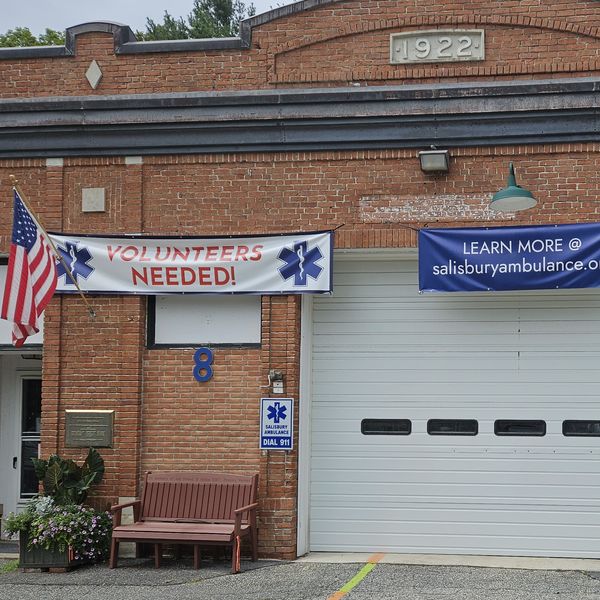
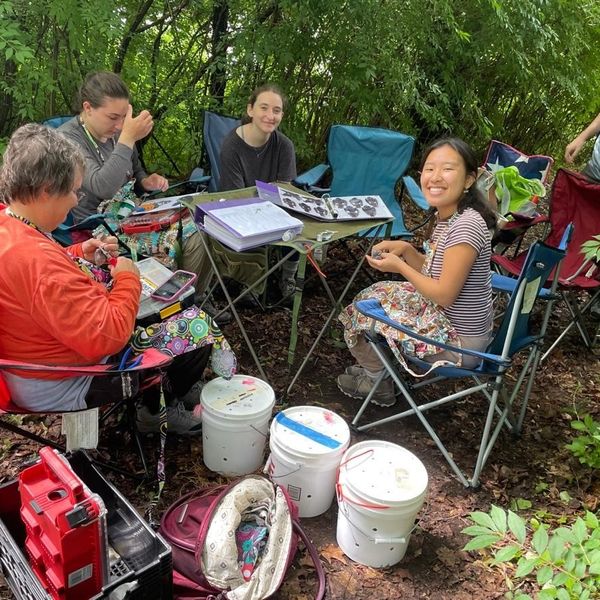

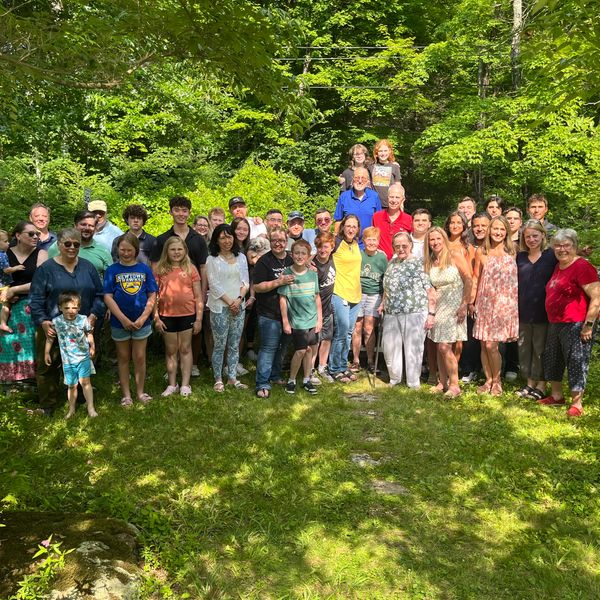
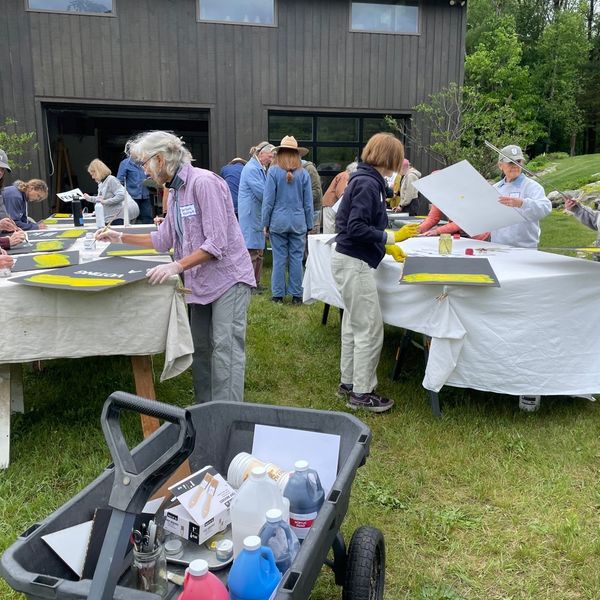

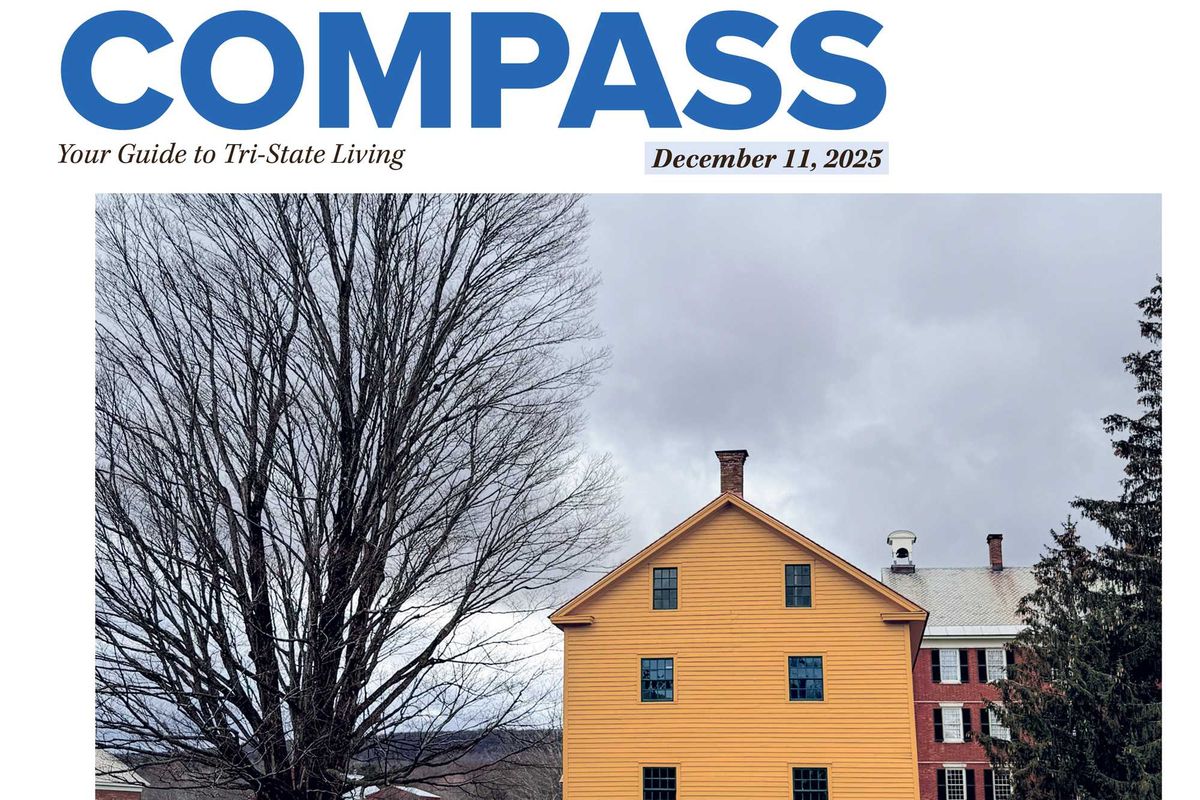
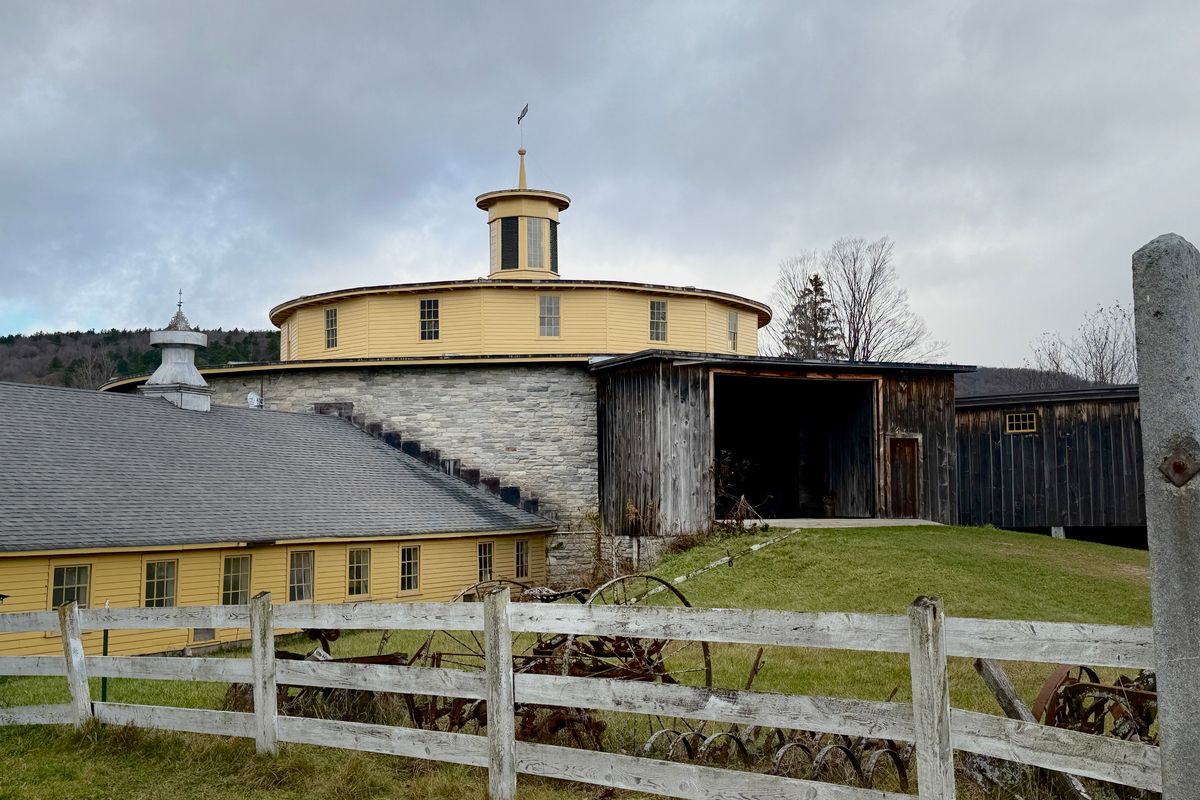
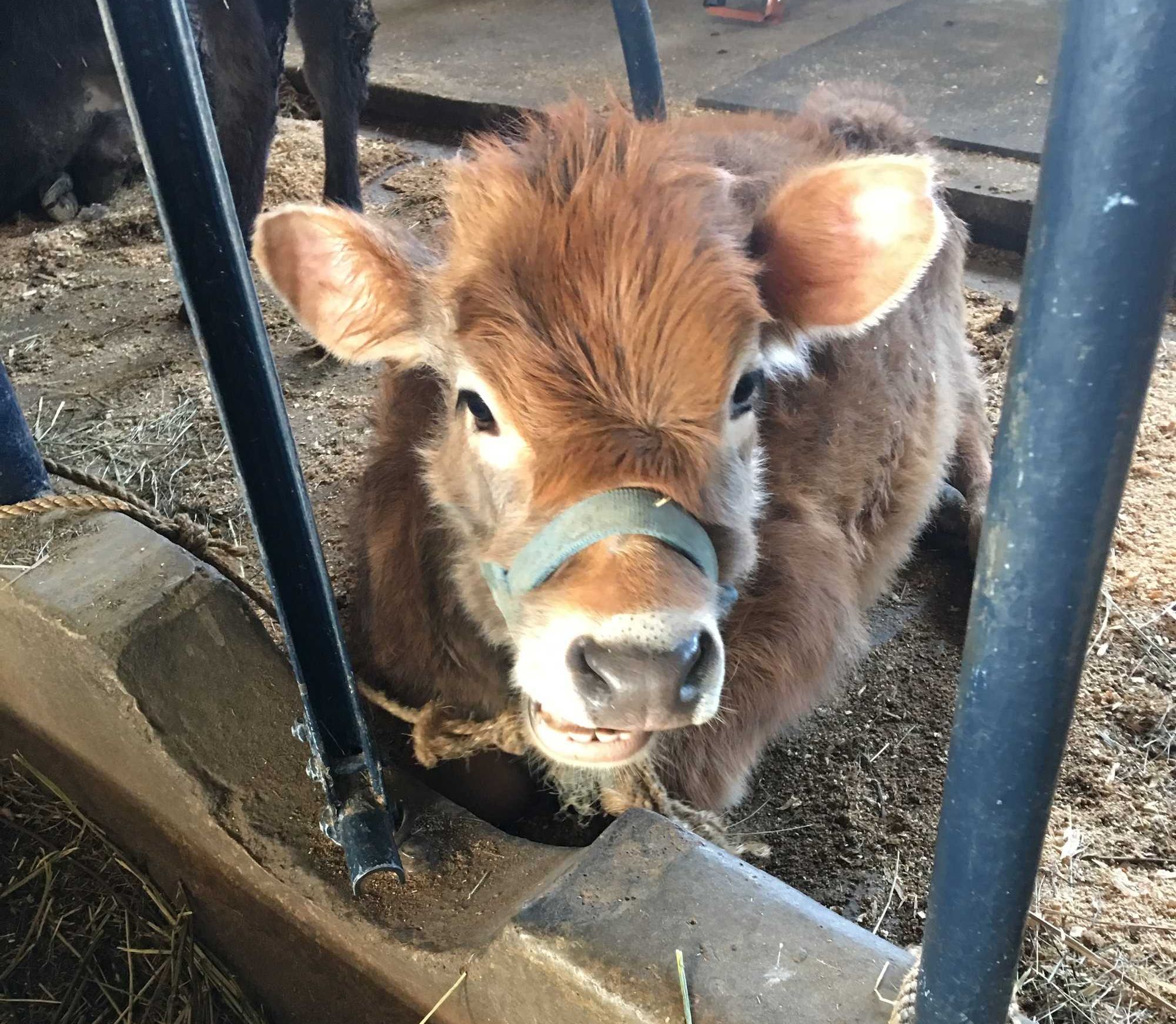 Shakers referred to their farm as the City of Peace.Jennifer Almquist
Shakers referred to their farm as the City of Peace.Jennifer Almquist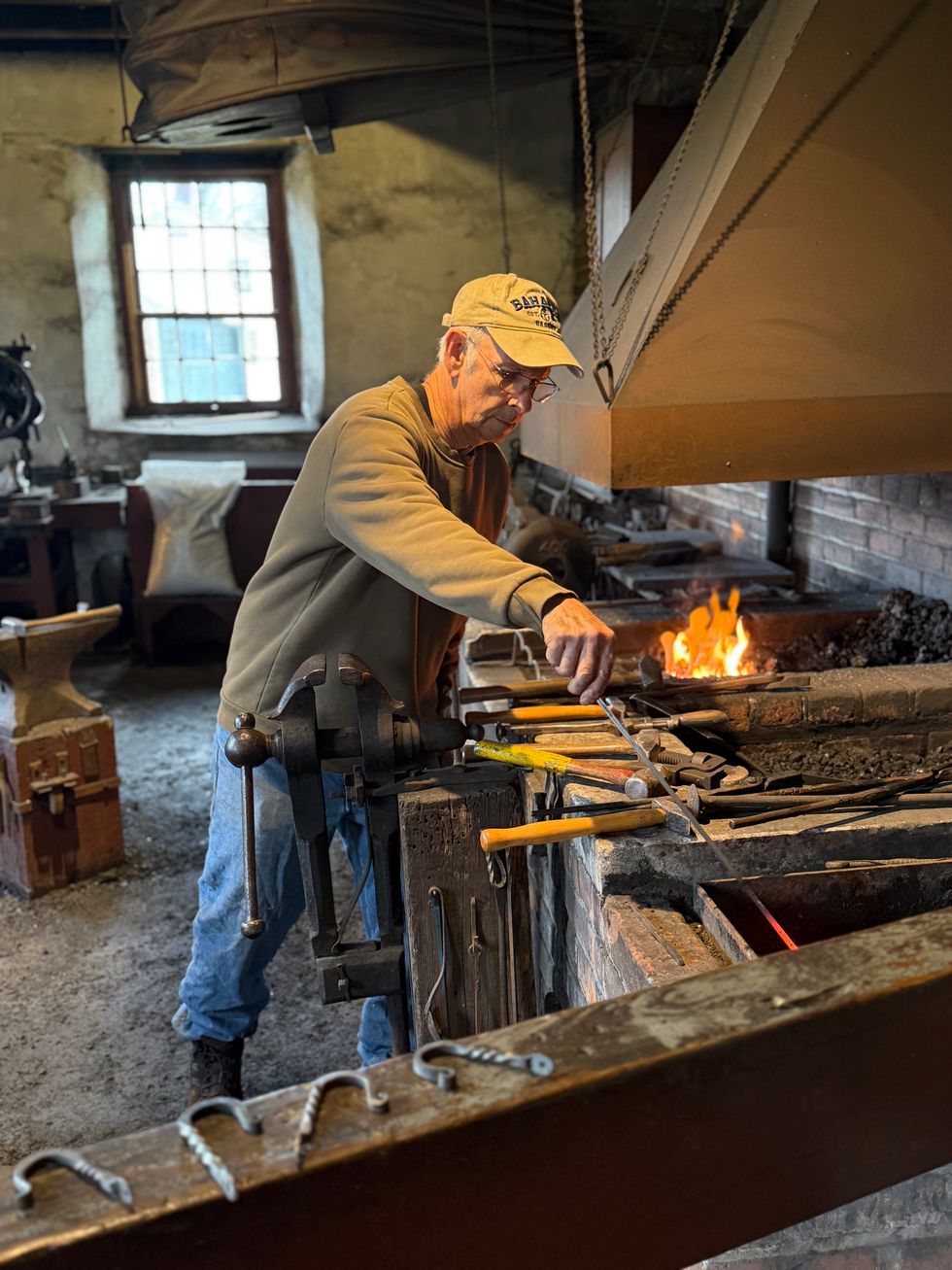
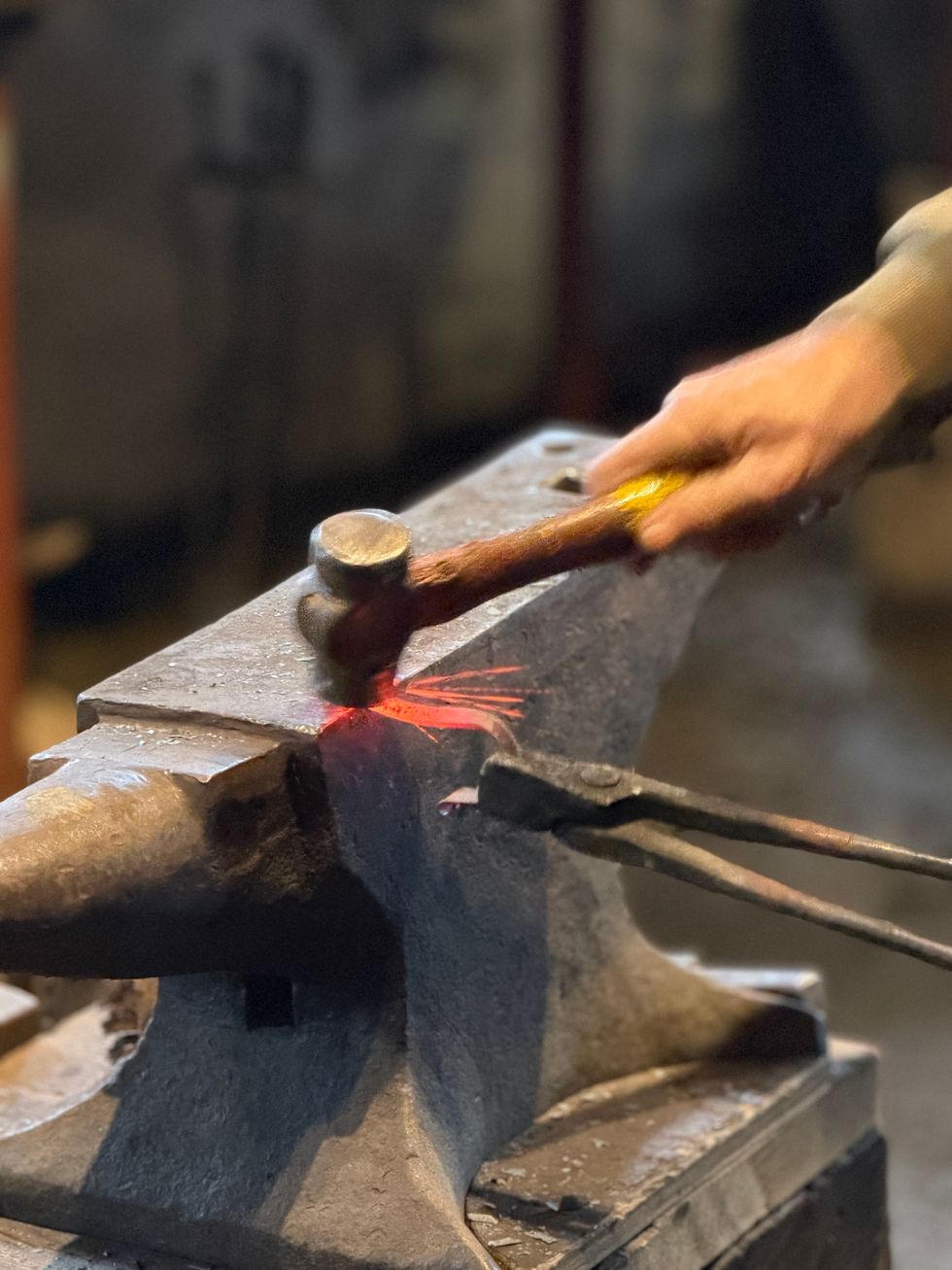
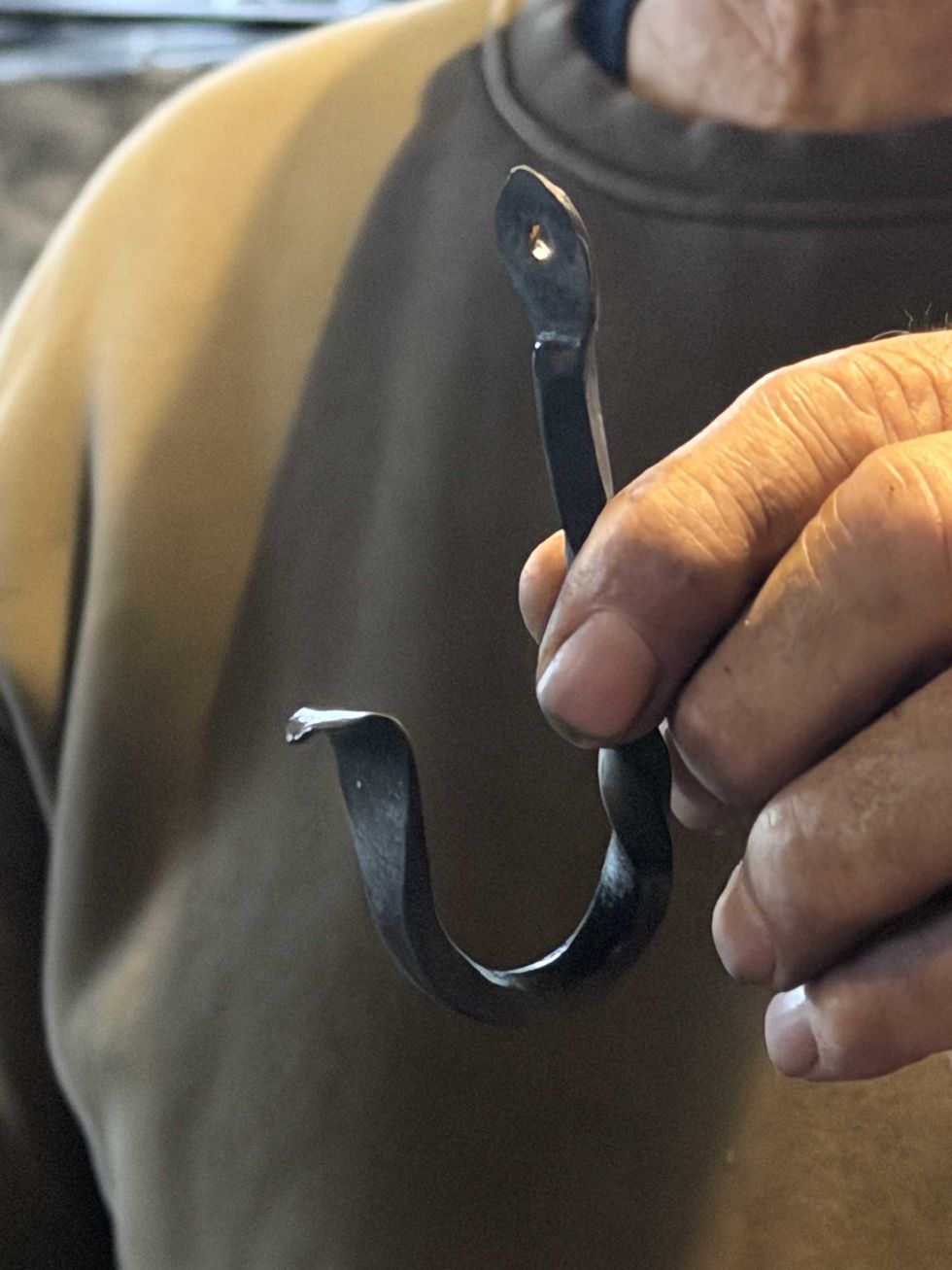
 A Shaker chair.Jennifer Almquist
A Shaker chair.Jennifer Almquist The Shakers embraced practical designs of great utility and beauty.Jennifer Almquist
The Shakers embraced practical designs of great utility and beauty.Jennifer Almquist
 Interior of Lakeville Books & Stationery.Provided
Interior of Lakeville Books & Stationery.Provided




Unhappy Birthday: The pandemic a year later